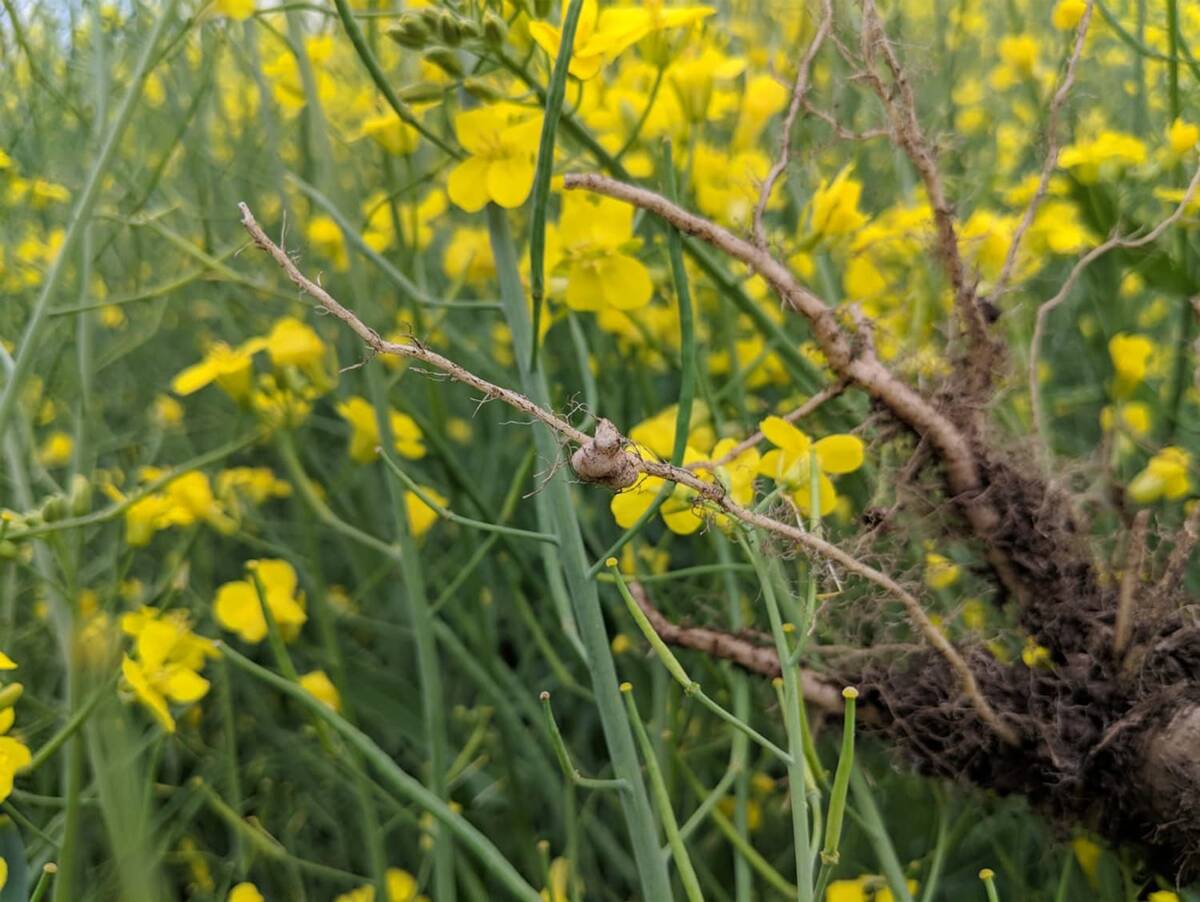A federal report on fresh water describes a prairie water supply-demand balance that looks like a disaster in the making.
Fresh water availability declined sharply across the country from 1971 to 2004, said a Statistics Canada report published last week.
The situation was most vulnerable on the Prairies, which was the most water volatile during the study period, ranging from floods to drought.
However, the region also produced the least fresh water of any area in Canada.
“The area in Canada that had the lowest water yield and the highest variability in water yield between 1971 and 2004 was the Prairies,” said the report.
Read Also

Going beyond “Resistant” on crop seed labels
Variety resistance is getting more specific on crop disease pathogens, but that information must be conveyed in a way that actually helps producers make rotation decisions.
In the period under review, fresh water renewal on the Prairies fell by an amount equivalent to 80 percent of the drinking water produced by water plants.
As well, agriculture was the fourth largest consumer of fresh water, next only to electrical power plants, manufacturing and home use.
“The agricultural sector was responsible for 4.6 percent of total water withdrawals in 2005,” said the study, published Sept. 13.
“The bulk of this water was used to irrigate crops with a balance of 16 percent going to support livestock production.”
Water demand was dominated by irrigation needs on two million acres of land, with the heaviest use in Alberta.
Alberta accounted for 73 percent of all water used for irrigation in Canada. Saskatchewan and British Columbia accounted for an additional 20 percent with almost no irrigation farming taking place east of Ontario.
The report said the decline in fresh water supplies over the 34-year study period is equal to “roughly one-half of the long-term average annual water yield.”
One of the bright spots for agriculture was the conclusion that the sector is not the major offender in the “virtual export” of water, which is a measure that water advocates have developed to calculate how much water is exported from Canada in the form of products that require large amounts of water to produce.
The Council of Canadians, in its water campaign, has identified agriculture as a significant virtual water exporter because of the amount of water the sector uses to produce export commodities.
The Statistics Canada report por- trayed agriculture as a minor virtual water exporter compared to the forestry industry.
“More water is embedded in forest products than food,” the report said.
“The production of exported lumber, wood pulp, paper and other forest products require seven times more water than the production of exported agricultural commodities.”















